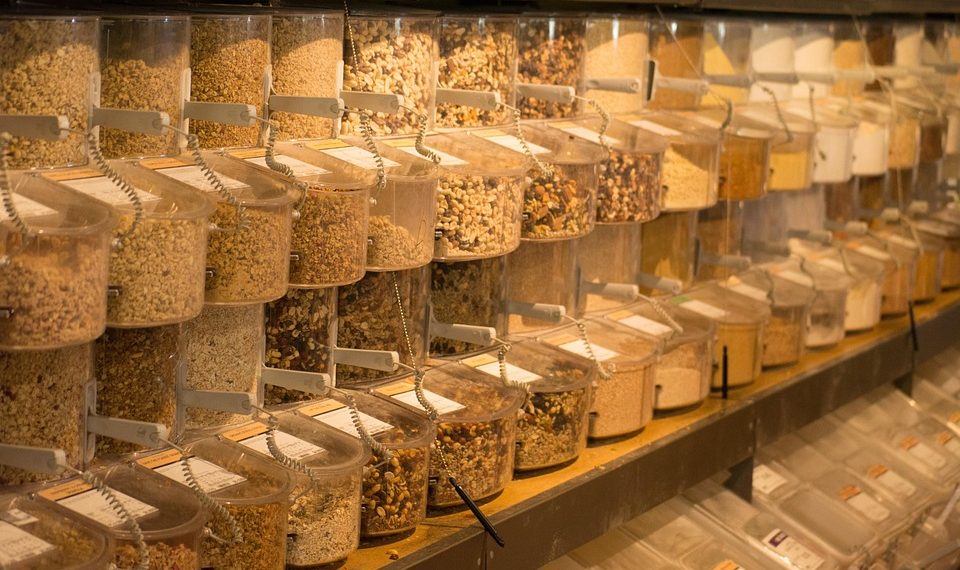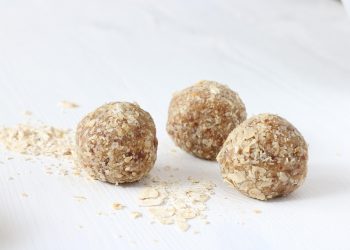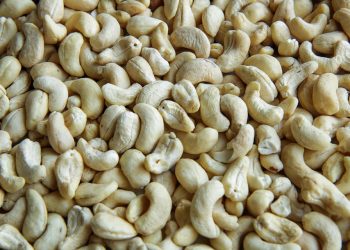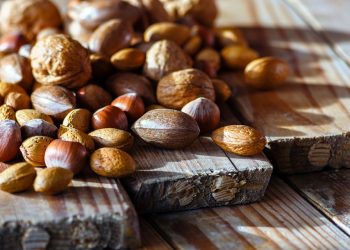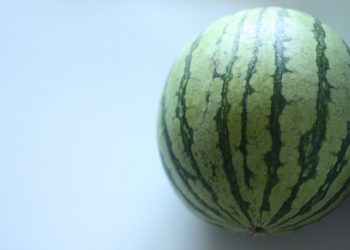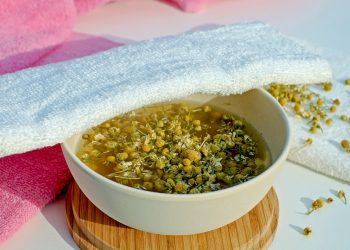Whole-food diet hacks can transform your life, energizing your body and mind like never before. If you’re feeling sluggish, battling cravings, or simply wanting to elevate your overall well-being, you’re in the right place. Embracing whole foods isn’t just a trend; it’s a lifestyle that can lead to vibrant health today and every day.
Contents
What is a Whole-Food Diet?
A whole-food diet emphasizes eating foods that are as close to their natural state as possible. This means saying goodbye to processed foods, refined sugars, and artificial ingredients. Instead, you’ll fill your plate with fruits, vegetables, whole grains, nuts, and seeds. Why does this matter? Because the nutrients packed in these foods can enhance your health, boost your energy, and even improve your mood.
You want to thrive, not just survive. Whole foods can help you achieve that vibrant life you deserve. Let’s dive into seven practical hacks that make this shift easier and more enjoyable.
1. Start Your Day with a Power Breakfast
Your morning sets the tone for your entire day. A whole-food breakfast can kick-start your metabolism and stabilize your blood sugar. Think beyond sugary cereals and grab something that nourishes you deeply.
- Overnight oats: Combine rolled oats, chia seeds, and almond milk. Add your favorite fruits and nuts in the morning.
- Smoothie bowls: Blend your choice of greens, fruits, and a tablespoon of nut butter. Top with seeds, nuts, and coconut flakes for added texture.
These breakfasts are not just delicious; they’ll fuel your body and keep cravings at bay until lunch.
2. Get Creative with Snacks
Snacking doesn’t have to derail your healthy eating. Instead of reaching for a bag of chips, embrace whole-food snacks that are both satisfying and nutritious.
- Veggie sticks with hummus: Carrots, celery, and bell peppers paired with protein-packed hummus are a perfect combo.
- Nut butter on whole-grain toast: This provides healthy fats and fiber, keeping you fuller for longer.
By having these options readily available, you’ll avoid the temptation of less healthy choices.
3. Meal Prep like a Pro
Do you find yourself scrambling for food during the week? Meal prepping is your secret weapon. Spend a few hours on the weekend preparing meals that you can grab when hunger strikes.
- Batch-cooked grains: Quinoa, brown rice, or farro can be cooked in bulk and stored in the fridge.
- Roasted veggies: Toss seasonal vegetables in olive oil and roast them for easy additions to any meal.
When you have healthy meals ready to go, you’re less likely to opt for fast food or unhealthy takeout.
4. Embrace Seasonal Produce
Eating in accordance with the seasons not only supports local farmers but also ensures that you’re consuming the freshest and most nutrient-dense options available.
- Visit a local farmers’ market: Engage with the community and pick up fresh produce that’s ripe and ready.
- Cook with what’s in season: You’ll find that seasonal produce often tastes better and can be more affordable.
This approach makes your meals exciting and full of flavor while supporting sustainable practices.
5. Hydrate with Purpose
Water is essential, yet many of us forget to drink enough throughout the day. Staying hydrated can also help curb unnecessary snacking.
- Infuse your water: Add fruits like lemon, berries, or cucumber for a refreshing twist.
- Herbal teas: These can be hydrating and soothing, especially when you need a warm drink.
Aim for at least eight glasses a day, and remember that hydration can significantly influence your energy levels and mood.
6. Experiment with Whole Grains
Whole grains are packed with fiber, which is crucial for digestive health and keeping you full. But don’t settle for just brown rice or whole-wheat bread. Get adventurous!
- Try quinoa, millet, or farro: These grains offer unique flavors and textures that can spice up your meals.
- Use them in salads: Combine cooked grains with fresh veggies, herbs, and a light dressing for a hearty salad.
By diversifying your grain intake, you’ll reap more health benefits while keeping meals exciting.
7. Mindful Eating Practices
Whole-foods are incredible, but how you eat can be just as important as what you eat. Mindful eating helps you savor each bite and recognize when you’re full.
- Eliminate distractions: Sit at the table and turn off the TV and your phone. Focus on your meal.
- Chew slowly: Enjoy the flavors and textures. This will not only enhance your eating experience but also aid digestion.
Mindful eating fosters a healthier relationship with food, allowing you to listen to your body’s cues more effectively.
Bottom Line
These whole-food diet hacks are not just tips; they’re steps toward a more vibrant, energetic life. As you embrace these changes, remember to be patient with yourself. Your journey to better health is uniquely yours, and every small step counts.
Take the plunge today! Try out one, two, or all seven hacks, and feel the difference in your body and mind.
FAQ
What are whole foods?
Whole foods are unprocessed or minimally processed foods that are free from additives and artificial ingredients, such as fruits, vegetables, whole grains, nuts, and seeds.
Can I lose weight on a whole-food diet?
Yes! A whole-food diet is rich in nutrients and fiber, which can help regulate appetite and promote healthy weight loss when combined with a balanced lifestyle.
How do I start a whole-food diet?
Begin by gradually replacing processed foods in your diet with whole foods. Experiment with new recipes and embrace meal prepping to make the transition easier.
For more resources on whole foods, check out Harvard Health, USDA Nutrition, and The Whole Grains Council. Let’s embark on this exciting journey together!
Get Your FREE Natural Health Guide!
Subscribe now and receive our exclusive ebook packed with natural health tips, practical wellness advice, and easy lifestyle changes — delivered straight to your inbox.

